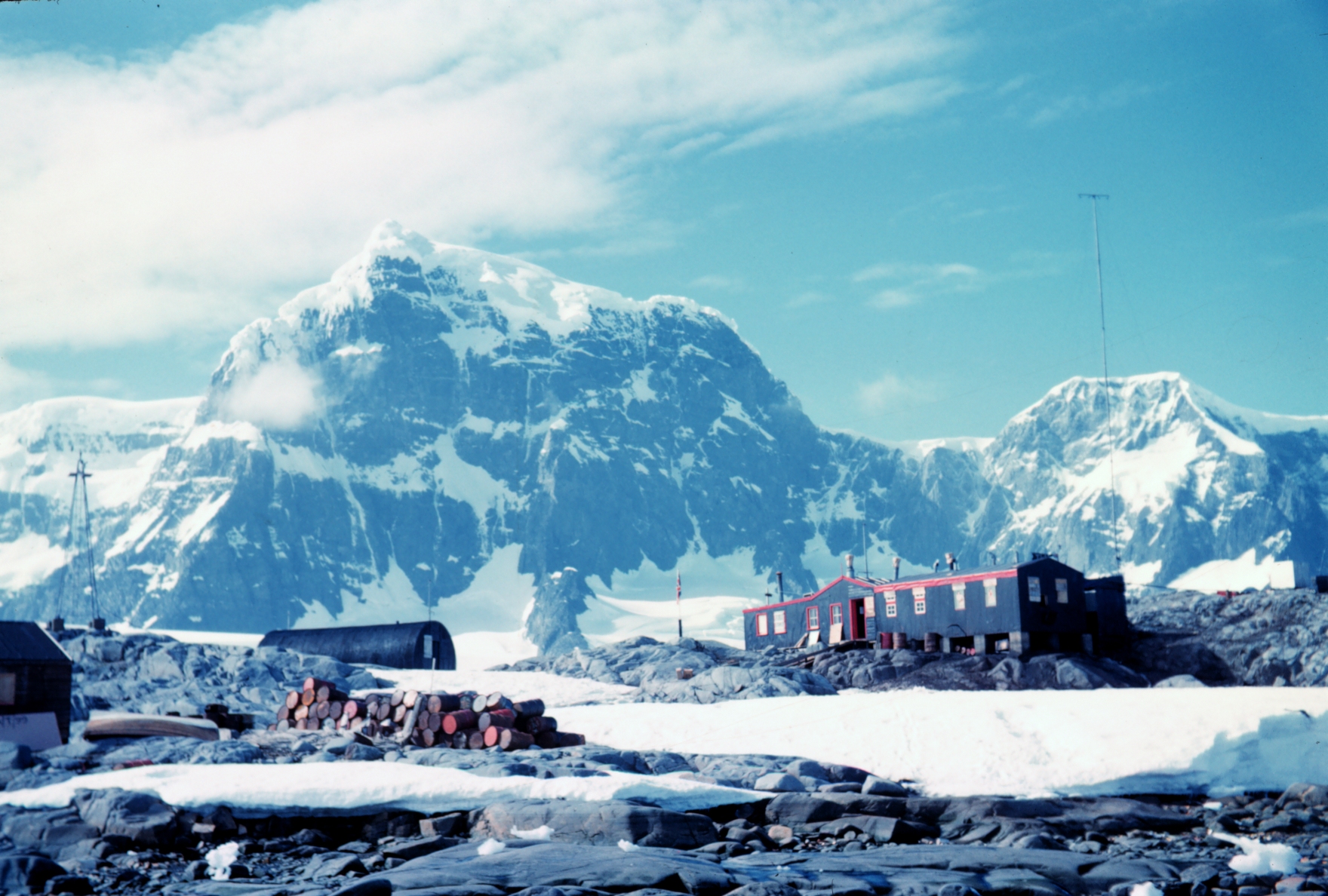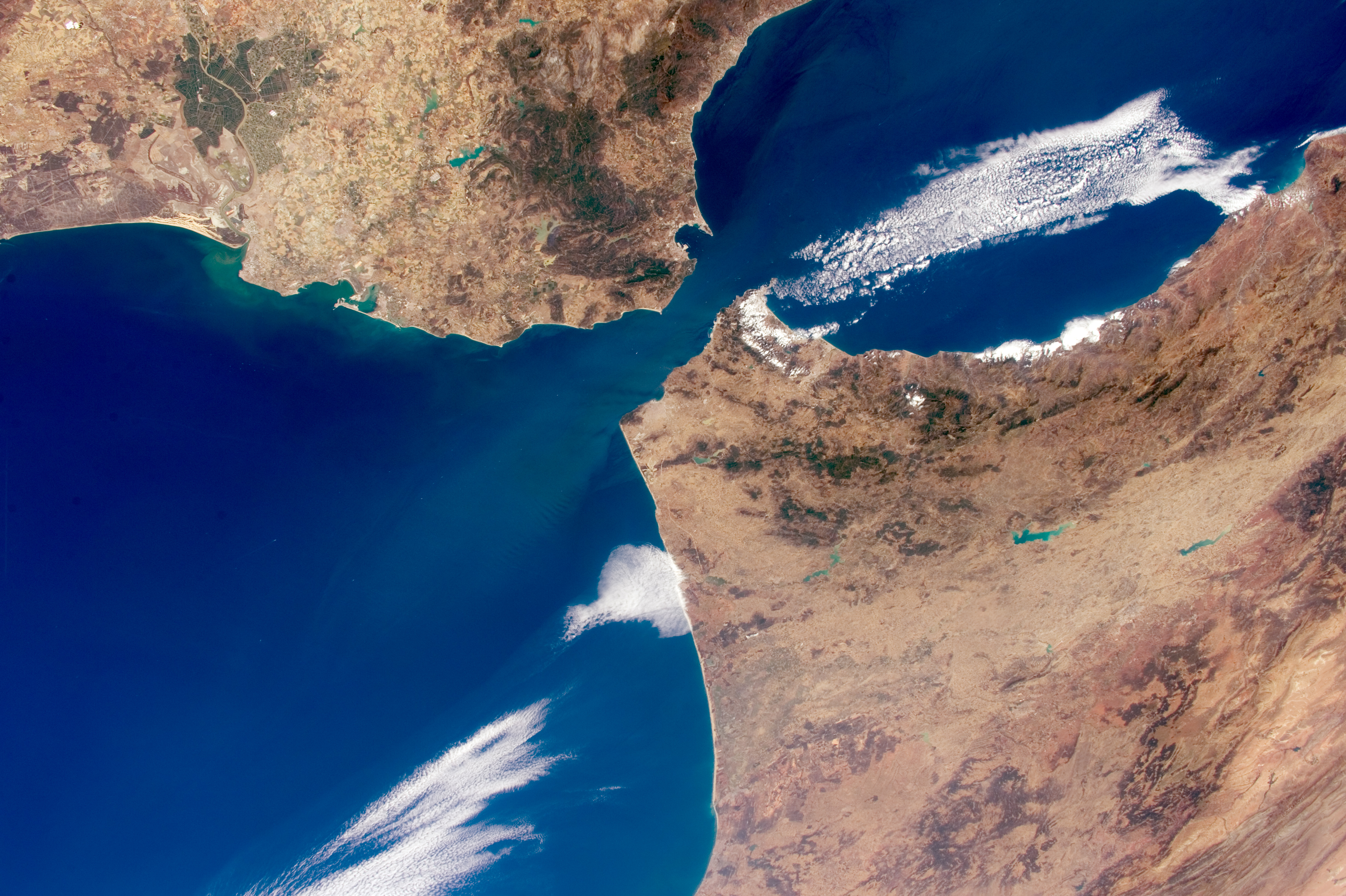|
Peltier Channel
Peltier Channel () is a channel 6 nautical miles (11 km) long, in a NE-SW direction, separating Doumer and Wiencke Island Islands to the south of Port Lockroy, in the Palmer Archipelago to the west of the Antarctic Peninsula. Discovered by the French Antarctic Expedition, 1903–05, and named by Charcot for Jean Peltier, noted French physicist. It was surveyed for the first time in March 2019 by HMS Protector. See also * Gerlache Strait Geology * Bauprés Rocks References Straits of the Palmer Archipelago Doumer Island Wiencke Island {{PalmerArchipelago-geo-stub ... [...More Info...] [...Related Items...] OR: [Wikipedia] [Google] [Baidu] |
Chenal Peltier (Antarctique)
{{Disambiguation, geo, surnames ...
Chenal is French for "channel". It can refer to: People * Giuliana Chenal-Minuzzo (1931–2020), Italian alpine skier *Joël Chenal (born 1973), French alpine skier * Leo Chenal (born 2000), American football player *Marthe Chenal (1881–1947), French operatic soprano * Pierre Chenal (1904–1990), French director and screenwriter Places * Chenal, Louisiana, community in the United States * Chenal Valley, Little Rock, Arkansas, United States * Chenal Bari, village in Pariz District, Sirjan County, Kerman Province, Iran See also * Chenaux (other) * Cheval (other) Cheval may refer to: *Cheval, Florida, United States *Cheval tree, a tree native to North Agalega Island *Cheval mirror, a full-length floor-standing mirror mounted in a frame that allows it to swing freely *Cheval, loan word from French meaning h ... [...More Info...] [...Related Items...] OR: [Wikipedia] [Google] [Baidu] |
Doumer Island
Doumer Island is an island long and wide, surmounted by a snow-covered pyramidal peak, , lying between the south portions of Anvers Island and Wiencke Island in the Palmer Archipelago of Antarctica. It was first seen by the Belgian Antarctic Expedition, 1897–99, under Adrien de Gerlache. It was resighted and charted by the French Antarctic Expedition, 1903–05, under Jean-Baptiste Charcot, who named it for Paul Doumer, President of the French Chamber of Deputies and later President of France. Yelcho Station Chile's summer Yelcho research station, , administered by the Chilean Antarctic Institute, stands on the southern shore of South Bay. Features * |
Wiencke Island
Wiencke Island is an island long and from wide, about in area, the southernmost of the major islands of the Palmer Archipelago, lying between Anvers Island to its north across the Neumayer Channel and the west coast of the Antarctic Peninsula to its east across the Gerlache Strait. Description The rocky island is mostly covered by glaciers, snow and ice. Some small rocky beaches lie on the western and northern sides of the island. There, some grasses, moss and lichens can be found. There are three mountain ridges, with Nemo Peak, high, to the north-west; Nipple Peak to the north-east; and Luigi Peak, high, to the south-west. Luigi Peak is the island's summit, despite it never having been completely surveyed. Wiencke's northernmost point is Cape Astrup, a bold, dark-colored bluff discovered by the Belgian Antarctic Expedition, 1897–99. It was named by Adrien de Gerlache for Eivind Astrup, Norwegian Arctic explorer and member of Robert Peary's expeditions to Gree ... [...More Info...] [...Related Items...] OR: [Wikipedia] [Google] [Baidu] |
Port Lockroy
Port Lockroy is a bay forming a natural harbour on the north-western shore of Wiencke Island in the Palmer Archipelago to the west of the Antarctic Peninsula. The Antarctic base with the same name, situated on Goudier Island in this bay, includes the most southerly operational post office in the world. The base was left unstaffed from 2020 to 2022 due to the COVID-19 pandemic, though the museum house remained open to individual visits. On 4 October 2022 it was announced that a team of 4 women had been chosen to return to open the base for the summer 2022/23 season. History The bay was discovered in 1904 and named after Edouard Lockroy, a French politician and Vice President of the Chamber of Deputies, who assisted Jean-Baptiste Charcot in obtaining government funding for his French Antarctic Expedition. The harbour was used for whaling between 1911 and 1931. During World War II, the British military Operation Tabarin established the Port Lockroy Station A on tiny Goudier Is ... [...More Info...] [...Related Items...] OR: [Wikipedia] [Google] [Baidu] |
Palmer Archipelago
Palmer Archipelago, also known as Antarctic Archipelago, Archipiélago Palmer, Antarktiske Arkipel or Palmer Inseln, is a group of islands off the northwestern coast of the Antarctic Peninsula. It extends from Tower Island in the north to Anvers Island in the south. It is separated by the Gerlache and Bismarck straits from the Antarctic Peninsula and Wilhelm Archipelago, respectively. Palmer Archipelago is located at . History Adrien de Gerlache, leader of the Belgian Antarctic Expedition (1897–1899), discovered the archipelago in 1898. He named it Archipelago Palmer for American Captain Nathaniel Palmer, who navigated these waters in 1820. Both Argentina and the United Kingdom The United Kingdom of Great Britain and Northern Ireland, commonly known as the United Kingdom (UK) or Britain, is a country in Europe, off the north-western coast of the European mainland, continental mainland. It comprises England, Scotlan ... have operated research stations there. Isla ... [...More Info...] [...Related Items...] OR: [Wikipedia] [Google] [Baidu] |
French Antarctic Expedition
The French Antarctic Expedition is any of several French expeditions in Antarctica. First expedition In 1772, Yves-Joseph de Kerguelen-Trémarec and the naturalist Jean Guillaume Bruguière sailed to the Antarctic region in search of the fabled Terra Australis. Kerguelen-Trémarec took possession of various Antarctic territories for France, including what would later be called the Kerguelen Islands. In Kerguelen-Trémarec's report to King Louis XV, he greatly overestimated the value of the Kerguelen Islands. The King sent him on a second expedition to Kerguelen in late 1773. When it became clear that these islands were desolate, useless, and not the Terra Australis, he was sent to prison. Second expedition In 1837, during an 1837–1840 expedition across the deep southern hemisphere, Captain Jules Dumont d'Urville sailed his ship ''Astrolabe'' along a coastal area of Antarctica which he later named Adélie Land, in honor of his wife. During the Antarctic part of this exp ... [...More Info...] [...Related Items...] OR: [Wikipedia] [Google] [Baidu] |
Jean Charles Athanase Peltier
Jean Charles Athanase Peltier (; ; 22 February 1785 – 27 October 1845) was a French physicist. He was originally a watch dealer, but at the age of 30 began experiments and observations in physics. Peltier was the author of numerous papers in different departments of physics. His name is specially associated with the thermal effects at junctions in a voltaic circuit, the Peltier effect. Peltier introduced the concept of electrostatic induction (1840), based on the modification of the distribution of electric charge in a material under the influence of a second object closest to it and its own electrical charge. Biography Peltier trained as a watchmaker; until his 30s was a watch dealer. Peltier worked with Abraham Louis Breguet in Paris. Later, he worked with various experiments on electrodynamics and noticed that in an electronic element when current flows through, a temperature gradient or temperature difference is generated at a current flow. In 1836 he published his work ... [...More Info...] [...Related Items...] OR: [Wikipedia] [Google] [Baidu] |
HMS Protector (A173)
HMS ''Protector'' is a Royal Navy ice patrol ship built in Norway in mid 2000. As MV ''Polarbjørn'' (Norwegian: '' polar bear'') she operated under charter as a polar research icebreaker and a subsea support vessel. In 2011, she was chartered as a temporary replacement for the ice patrol ship and was purchased by the British Ministry of Defence in early September 2013. As DNV Ice Class 05 the vessel can handle first year ice up to 0.5 metres (20 in). Service history (Norway) ''Polarbjørn'' was designed and built for long Antarctic expeditions and for supporting subsea work. ''Polarbjørn'' was equipped to DP2 class and had accommodation for 100. Large cargo holds and open deck areas provide storage capacity for ROVs and related equipment. A 50-ton knuckle-boom crane and the 25-ton stern A-frame allow equipment to be deployed over the side and over the stern. ''Polarbjørn'' worked in the "spot" market, on short-term charter. During 2009, the vessel was chartered for ... [...More Info...] [...Related Items...] OR: [Wikipedia] [Google] [Baidu] |
Gerlache Strait
Gerlache Strait or de Gerlache Strait or Détroit de la Belgica is a channel/strait separating the Palmer Archipelago from the Antarctic Peninsula. The Belgian Antarctic Expedition, under Lt. Adrien de Gerlache, explored the strait in January and February 1898, naming it for the expedition ship ''Belgica''. The name was later changed to honor the commander himself. On the expedition in the Gerlache Strait, biologist Emil Racoviță made several discoveries, including a flightless midge fly that was later formally named ''Belgica antarctica'' by the Belgian entomologist Jean-Charles Jacobs. Geology Four tectonic blocks are identifiable in the Gerlache Strait area, bounded by two systems of Tertiary strike-slip faults. The longitudinal faults include the SW-NE trending Neumayer Fault that extends from Peltier Channel across Wiencke Island, and then onwards most likely as the Gerlache Fault. The SW-NE trending Fournier Fault parallels the Gerlache Fault and divides Anvers Island. ... [...More Info...] [...Related Items...] OR: [Wikipedia] [Google] [Baidu] |
Bauprés Rocks
Bauprés Rocks () are two rocks lying in the middle of the southern entrance to Peltier Channel, in the Palmer Archipelago. First charted by the French Antarctic Expedition under Jean-Baptiste Charcot, 1903–05, the descriptive name Rocas Bauprés (bowsprit rocks) was used on Argentine Argentines (mistakenly translated Argentineans in the past; in Spanish (masculine) or (feminine)) are people identified with the country of Argentina. This connection may be residential, legal, historical or cultural. For most Argentines, s ... government charts as early as 1952; when viewed from a distance the feature is reported to resemble the bowsprit of a ship. References * Rock formations of the Palmer Archipelago {{PalmerArchipelago-geo-stub ... [...More Info...] [...Related Items...] OR: [Wikipedia] [Google] [Baidu] |
Straits Of The Palmer Archipelago
A strait is an oceanic landform connecting two seas or two other large areas of water. The surface water generally flows at the same elevation on both sides and through the strait in either direction. Most commonly, it is a narrow ocean channel that lies between two land masses. Some straits are not navigable, for example because they are either too narrow or too shallow, or because of an unnavigable reef or archipelago. Straits are also known to be loci for sediment accumulation. Usually, sand-size deposits occur on both the two opposite strait exits, forming subaqueous fans or deltas. Terminology The terms ''channel'', ''pass'', or ''passage'' can be synonymous and used interchangeably with ''strait'', although each is sometimes differentiated with varying senses. In Scotland, ''firth'' or ''Kyle'' are also sometimes used as synonyms for strait. Many straits are economically important. Straits can be important shipping routes and wars have been fought for control of them. ... [...More Info...] [...Related Items...] OR: [Wikipedia] [Google] [Baidu] |
.jpg)



